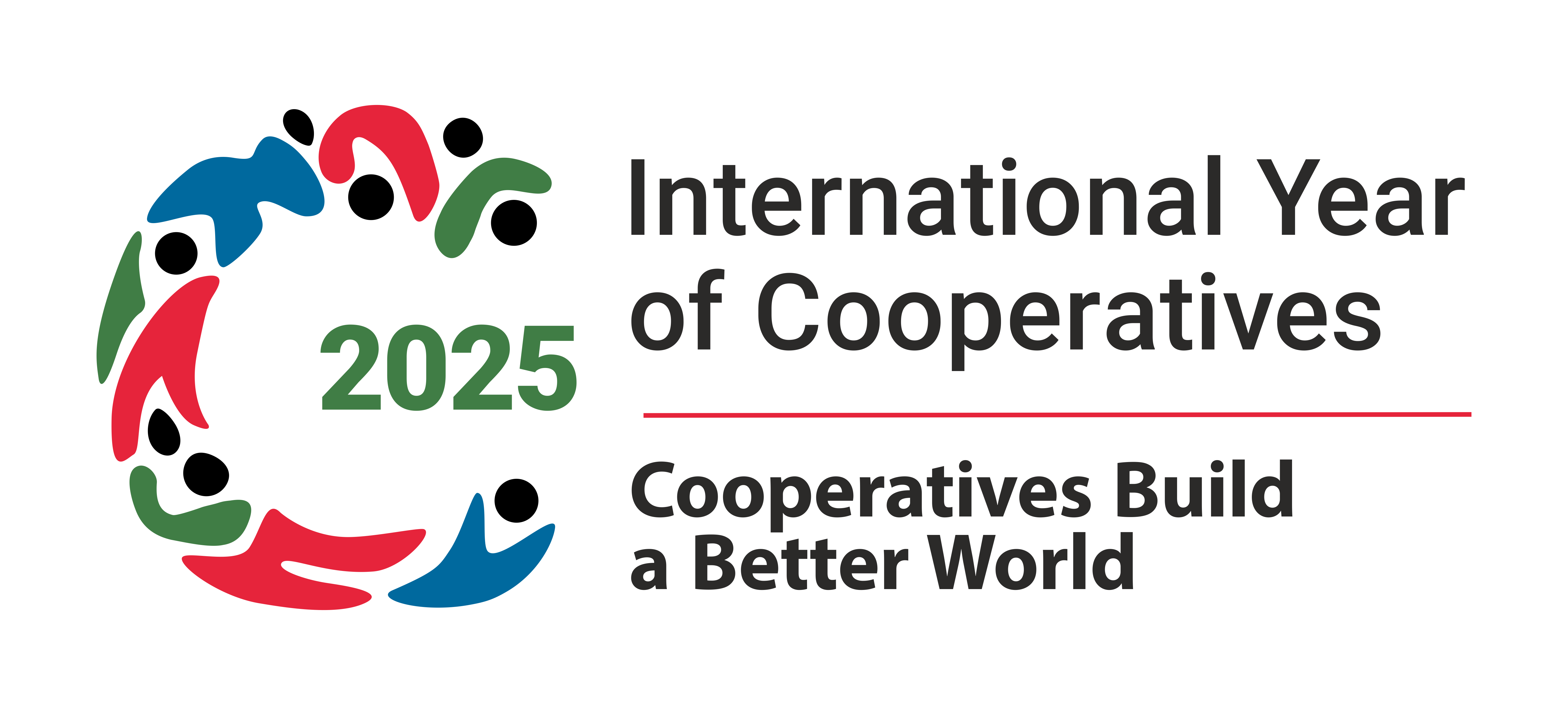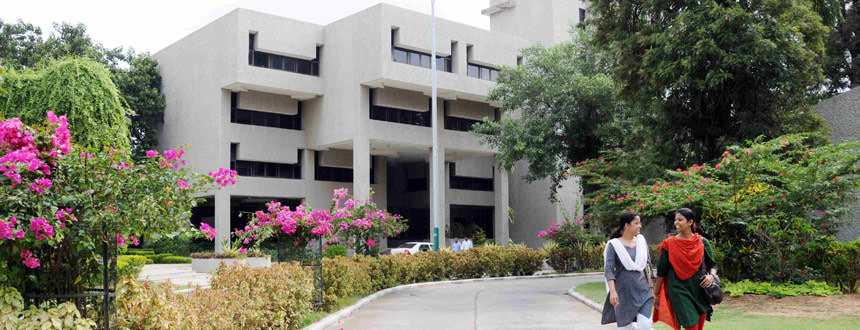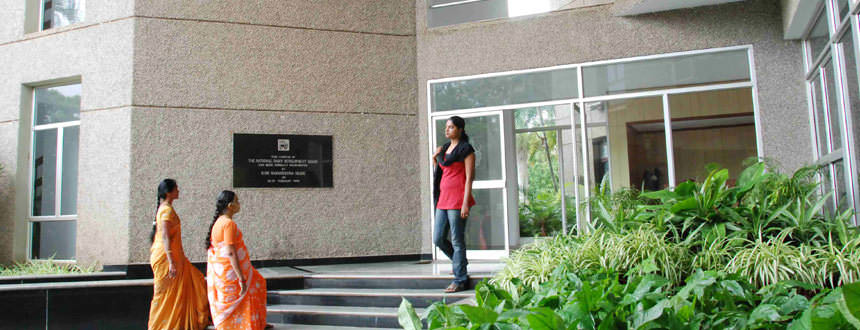Address by Shri Dilip Rath, Chairman, NDDB for Cooperative Conclave for “Enhancing Competitive Advantages of Dairy Cooperatives as Business Enterprises”, IRMA - 12-13 March, 2019
Dr Rajiv Kumar, Vice Chairman, NITI Aayog; Shri Satish Marathe, Founder of Sahkar Bharti & RBI Central Board Member; Prof. Hitesh Bhatt, Director, IRMA; Shri Mangal Jit Rai, Chairman, NCDFI; Dr KC Supekar, MD, NCDFI; Prof. Tushaar Shah, Prof. Sanjiv Phansalkar, Dr RS Sodhi, Dr NV Belavadi, Shri P Sampath Kumar and all the distinguished delegates associated with the dairy cooperatives at this Cooperative Conclave.
On behalf of the organisers, I would like to extend a warm welcome to all the participants at this Cooperative Conclave to this beautiful green campus of IRMA, adjoining the equally lovely campus of NDDB and the historic AMUL in Anand, the milk capital of India and the epicentre of India’s great milk revolution.
At the outset, I would like to say that this Cooperative Conclave on the theme “Enhancing Competitive Advantages of Dairy Cooperatives as Business Enterprises” has been organised as a follow up to NITI Aayog’s initiative led by Dr Rajiv Kumar, Vice Chairman, NITI Aayog in the recent past in having a dialogue with cooperative leaders with a view to finding out ways and means to rejuvenate the cooperative sector.
All of us in the National Cooperative Dairy Federation of India, National Dairy Development Board, Institute of Rural Management Anand and other institutions, who are strongly committed to the cooperative strategy for dairy development firmly believe that dairy cooperatives amongst all other forms of organisations are the best suited in our conditions to ensure sustainable and inclusive growth of dairying in our country. This belief is reinforced by NDDB’s mandate enshrined in the NDDB Act 1987 to promote dairying through cooperative strategy.
Having said that, all of us are conscious of the sad state of affairs of dairy cooperatives in many parts of the country, making them incapable and ineffective to serve the interests of small milk producers particularly in less developed regions. At the same time, we do firmly believe that it is possible to rejuvenate them by bringing about the required reforms and restructuring of these institutions.
If you look at the historical evolution of dairy cooperatives, although the first village dairy cooperatives in the country were established in the early 20th century in U.P. and Tamil Nadu, cooperatives in Kaira district of Gujarat, established in 1946, were for the first time born out of a farmers’ movement against the exploitation by monopolistic private processors and proved to be more robust and sustainable. Over a period of time, these cooperatives in Kaira evolved into a three tier structure, popularly termed as the Anand pattern of cooperatives. The Operation Flood, considered to be one of the most successful development initiatives in the world, rode on this very institutional structure which it also sought to strengthen and expand. It created the world’s largest network of cooperative institutions starting from village and district to state levels and revolutionised our milk sector.
I would say that there were two related factors or reasons which contributed to this remarkable success. First: the entire institutional structure could function within an enabling legislative and regulatory framework; and second: the cooperatives could thrive as efficient business enterprises due to facilitative policy environment provided by State Governments in a situation where the country faced milk shortages. A great measure of this success can also be attributed to the fact that the implementation of Operation Flood was assigned to NDDB, which was given a free hand to roll out the scheme with the clear mandate to create a network of cooperative institutions on the lines of Anand pattern and establish dairy infrastructure across the dairy value chain.
With the momentum created by the implementation of Operation Flood, the cooperative footprint kept expanding and today we have a vast network of over 1,87,000 village dairy cooperatives across the country. Unfortunately, the success of dairy cooperatives has not been uniform across the country. The percentage of village coverage in major dairying states varies from as low as 13 per cent in Jharkhand to close to 100 per cent in Gujarat. At the all India level, the reach of dairy cooperatives is limited to 60 per cent of the dairy potential villages. This means that, even today, millions of rural milk producers in about 1 lakh villages, many of them in the aspirational districts identified by NITI Aayog, still lack market access and are deprived from getting remunerative price for milk.
At the same time, we are witnessing unabated growth in domestic demand for milk due to various factors like increase in population, urbanisation, disposable incomes and preference for milk as a source of protein. This implies that the unorganised dairy sector is still dominant in many parts of the country which is neither in the interest of the consumers in terms of price and quality nor in the interest of the milk producers in terms of prices.
Now is the right time to give another big push to the milk sector by launching a sequel to the National Dairy Plan Phase-I, which closes this year and was spearheaded by NDDB like Operation Flood. However, the question is whether the dairy cooperatives, particularly in the relatively less developed areas which includes the aspirational districts, have the capacity and strength to deliver and expand their coverage. As per NDDB’s assessment, these very dairy cooperatives happen to be the weakest in terms of human resources, financial strength and governance as a result of many rigidities and inefficiencies, which have crept into their functioning over years arising out of restrictive state cooperative laws and regulations, lack of autonomy, poor governance, lack of professionalisation, declining member engagement, declining leadership values etc. Their weakness has been further aggravated by growing competition from private processors and multi-nationals in the post liberalisation period.
All these factors have contributed in varying measures to the stagnation and, in certain cases, decline in the dairy cooperatives’ volume of business and profitability particularly in those areas where they are required to play a greater role. In many cases, the state governments’ funding of the losses of these cooperatives has worsened their inefficiencies. Today, over 40 per cent of the district level dairy cooperative unions are in the red.
On behalf of NDDB and other organisations, I would like to take this opportunity to suggest a few possible interventions which could overcome this problem. First: is to strengthen the local level cooperatives serving the target uncovered villages through a combination of legal and regulatory reforms, policy support and by allowing them functional autonomy. Second: is to have a focussed funding programme – may be funded by World Bank – as a sequel to NDP I and Operation Flood which were also funded by World Bank, to support this intervention by setting-up village level processing and marketing infrastructure, training, capacity building along with provision of productivity enhancement services. Third: is that NDDB may be assigned this responsibility to implement this scheme considering its track record in implementing Operation Flood and NDP I with farmers’ focus. Fourth: in those areas where the cooperative strategy is not feasible, we could promote alternative forms of farmer producer organisations, like producer companies which function on cooperative principles, as has been done in some relatively less dairy developed regions of the country like north-west Bihar, Bundelkhand, Vidarbha and Marathwada, where the cooperatives are weak. Fifth: in all our future interventions to expand market access and coverage, as a matter of policy, only women members of the milk producing households may be enlisted in the cooperatives, with complete financial inclusion, which would bring about more sustainable and multi-dimensional social and economic change in rural areas. Sixth: Funding of projects under such a scheme could be made conditional on the cooperatives adopting a set of policy measures, which could range from legislative/regulatory changes to governance, professional management, finance, accounts and audit, HR capacity etc.
We have today in this Conclave, a number of experts who will give their views and recommendations on various aspects including legislative and regulatory changes, issues related to 97th amendment, amendment of bylaws, professionalisation, strengthening member engagement etc., and our objective is to come up with a set of specific policy recommendations for the NITI Aayog, Central and State Governments which can form the foundation of future dairy development programmes.
We are indeed honoured to have Dr Rajiv Kumar, Vice Chairman, NITI Aayog with us today at this Conclave. As I said earlier, he has been holding discussions with cooperative leaders to look at ways and means to rejuvenate the cooperative sector in India and I am sure he will support the cause of dairy cooperatives in playing a pro-active role in the next phase of ushering in White Revolution in less dairy developed areas and contribute to the national goal of doubling farmers’ income by 2022.
Thank you.






